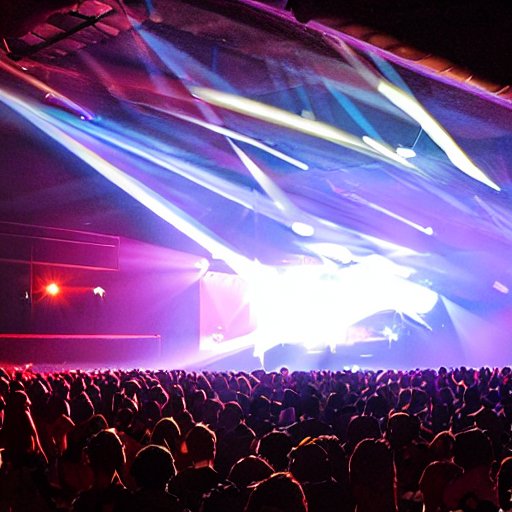
Enhancing Performances: The Impact of Microphones on Stage
Share
In the world of live performances, microphones play a pivotal role in amplifying the voices and sounds that captivate audiences. From concerts and theatrical productions to conferences and public speaking events, the appropriate use of microphones on stage can significantly enhance the overall experience for both performers and listeners. In this blog post, we delve into the importance of microphones and how they contribute to the success of stage performances.
1. Clear and Crisp Sound Projection
One of the primary benefits of using microphones on stage is the ability to project clear and crisp sound. Regardless of the venue's size, microphones enable performers to amplify their voices or musical instruments, ensuring that every note, lyric, and spoken word reaches the audience with precision. With a well-positioned and high-quality microphone, even soft-spoken performers can project their voice effortlessly, enhancing the overall audibility and ensuring that no subtleties are lost in translation.
2. Versatility and Flexibility
Microphones offer a wide range of options and flexibility for performers, catering to their specific needs and artistic styles. Whether it's a dynamic microphone for energetic vocal performances, a condenser microphone for capturing delicate nuances, or a wireless microphone for freedom of movement on stage, there is a microphone suitable for every occasion. The ability to choose the right microphone ensures that performers can adapt their sound to the venue, genre, and individual preferences, thereby creating a memorable and engaging experience for the audience.
3. Controlling Feedback and Ambient Noise
Controlling feedback and minimizing ambient noise are crucial factors in delivering a flawless live performance. Microphones equipped with advanced features like directional pickup patterns and noise-canceling technologies allow performers to focus on their delivery without being hindered by unwanted distractions. By effectively isolating the desired sound source, microphones help reduce the chances of audio interference, feedback loops, and background noise, thus ensuring a more immersive and immersive experience for both the performers and the audience.
4. Enhancing Visual Aesthetics
Microphones on stage not only serve as functional tools but also contribute to the visual aesthetics of a performance. Sleek and stylish microphone designs can complement the performer's attire or the overall theme of the event, adding an element of sophistication and professionalism. Furthermore, well-placed microphones can become part of the visual storytelling, drawing attention to specific performers or instruments. By incorporating visually appealing microphones into stage setups, performers can create a visually captivating experience that complements their artistic vision.
5. Engaging and Connecting with the Audience
Microphones act as a bridge between performers and their audience, facilitating effective communication and establishing a connection. By capturing the essence of the performance and projecting it to the audience, microphones enable performers to convey emotions, tell stories, and engage listeners on a deeper level. The amplified sound creates an immersive environment, allowing audience members to feel more connected to the performance, whether it's a powerful vocal solo, an inspirational speech, or a captivating musical ensemble.
Microphones on stage are not mere technical tools; they are instrumental in shaping the overall experience of a live performance. By ensuring clear sound projection, offering versatility, controlling feedback and ambient noise, enhancing visual aesthetics, and fostering audience engagement, microphones empower performers to deliver impactful and memorable experiences that resonate long after the curtain falls.
